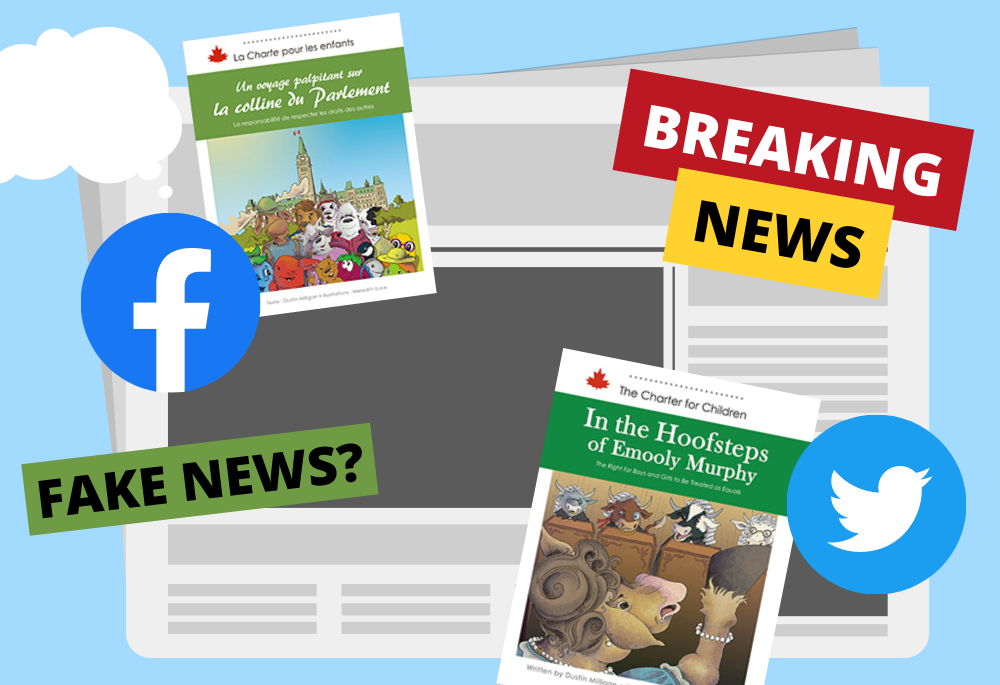-By Braden Harrison
Ever wonder if the facts and figures you are reading are true? If the popular figures you follow on Twitter or Facebook are sharing articles filled with misinformation? Or if your children are getting the right information when browsing social media or the internet? Don’t worry, you are not alone.
To understand misinformation, we must first know its definition. Merriam-Webster defines misinformation as “incorrect or misleading information.” People who write articles that might not contain the objective truth are spreading misinformation. When creating a post, it is always good to have facts and sources to back up your claim.
The internet era makes gathering information so easy that anyone can do it. This is great! More people researching and learning is always good. But this comes at a cost, as misinformation can spread quickly through the internet. Social media has become the dominant source of misinformation due to its wide reach.
With misinformation all around us, what can we do to fight against it? The simplest answer is to call out the misinformation by using facts that have credible references backing them. We are also responsible for teaching our children how to spot misinformation to prepare them for the future on the internet.
But adults and children alike need to learn how to recognize misinformation. An example of this was during the trucker’s protest in Ottawa in early 2022, during which there was misinformation being spread about the protest itself and a certain misinterpretation of the Canadian Charter of Rights and Freedoms. Three in particular stand out for us: a) our rights are guaranteed in all conditions, b) we have the right to assembly and association, and c) the Governor General can dissolve Parliament at any time.
The first refers to all rights being protected, but to only a certain extent. If you infringe on someone else’s rights, then the government can limit your rights for the safety and protection of others.
The second refers to the right to assembly and doing so peacefully. This can be limited by the government if the gathering turns violent, like a riot or even a blockade. Just like the previous right, the safety of individuals comes first.
The third refers to the Governor General’s ability to dissolve the government at any time. Some protestors believed that with enough pressure, this official, who represents the Queen of the United Kingdom, could dissolve Parliament and take control of the nation. They do not have that type of power and can only dissolve government at the request of the Prime Minister. This act is under the Constitution, not the Charter of Rights and Freedoms.
Luckily, at DC Canada, we have a collection of great stories that explores the Charter and helps children understand it. An Unusual Thrill on Parliament Hill is a great way to learn about guaranteed rights and freedoms while The Plight Beneath the Northern Lights cleverly illustrates the right to assembly. These two books are part of our Charter series and provide an easy and fun way to help kids and adults understand the Canadian Charter. To learn more about the Canadian Charter of Rights and Freedoms, check out our Charter series, available in French and English.

